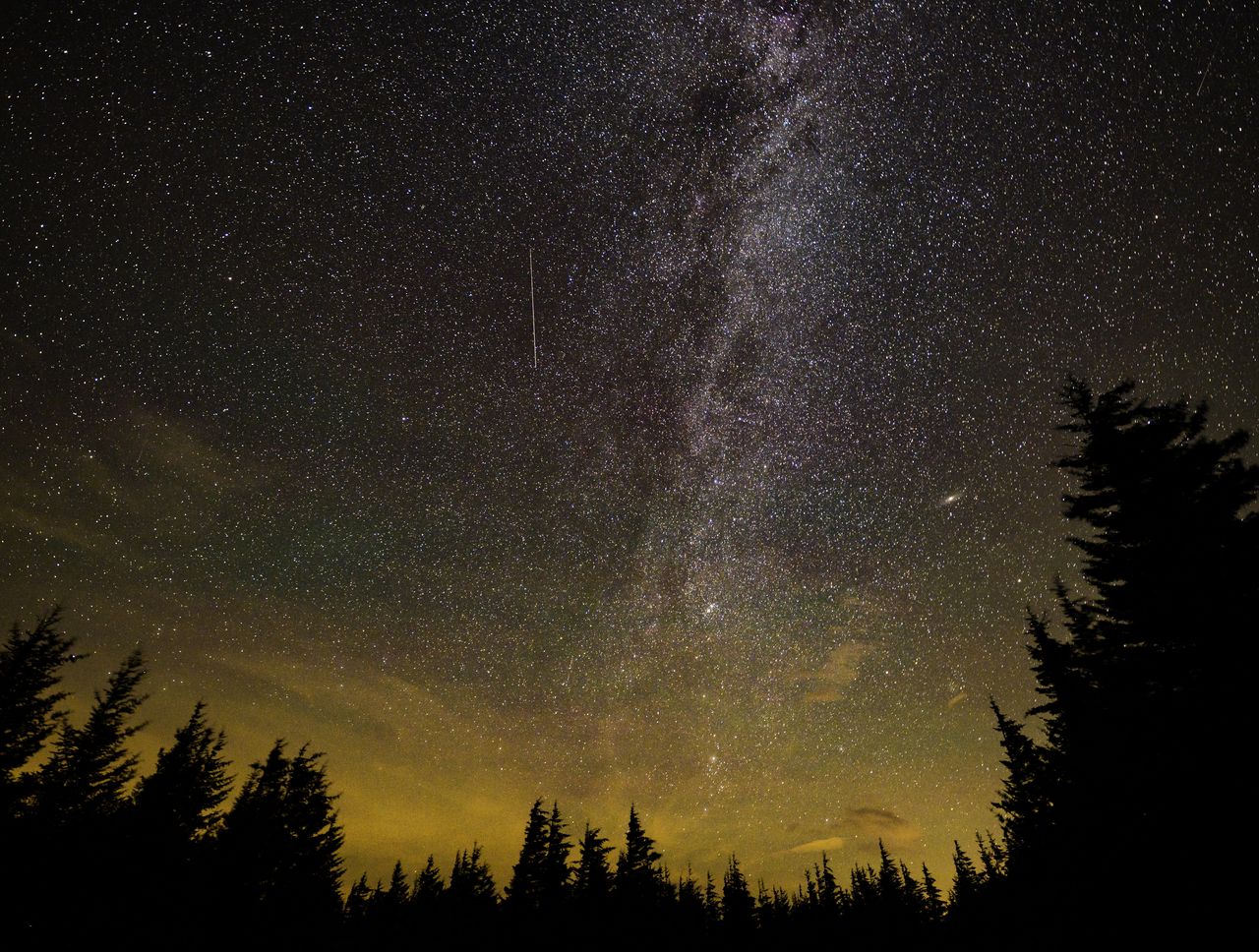Summerâs most spectacular meteor shower now underway; here are best viewing dates
Keep your eyes on the sky: The annual Perseid meteor shower has begun and will continue to increase in intensity over the next several weeks.
The Perseids, typically one of the most vibrant and reliable of meteor showers, is created by the Earth passing through the debris trail of the comet Swift-Tuttle. The annual summer meteor shower is capable of producing as many as 50 to 100 meteors per hour in a clear sky, according to NASA.
What’s more, Perseid meteors can feature colorful, lingering tails that create streaks of light across the sky with the potential for even brighter fireballs.
The Perseids kick off July 14 this year and will run through Sept. 1, peaking overnight on Aug. 12 into the early morning hours of Aug. 13. The meteor sightings will gradually increase from now until that peak night after which they will drop off quickly.
This year’s Perseids peak just a few days before the new moon on Aug. 16. This can create great conditions for nighttime skywatching as it creates the darkest sky possible making even faint meteor showers easier to see.
You will be able to view the meteor shower as early as 10 p.m. but they will grow more plentiful as the night goes on. In the Northern Hemisphere, the best viewing will come during the pre-dawn hours.
Binoculars or telescopes aren’t needed to see the Perseids but the experience is better when seen under a dark sky as far away from light pollution as possible. Make sure you’re dressed for the weather then sit back and take in as much of the sky as possible. It will take about 30 minutes for your eyes to adjust to the dark.
Also important – put down your phone. Light from your phone will interfere with your eye’s ability to adjust to the dark and take in the shooting stars.
